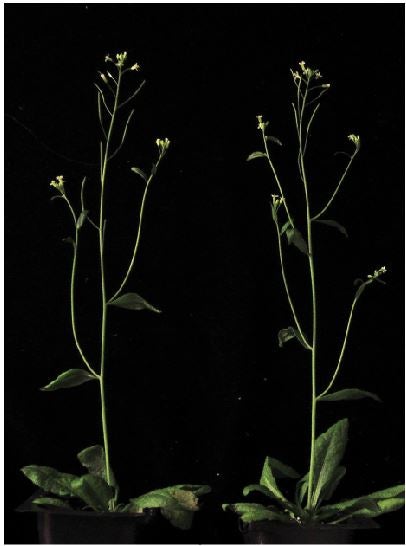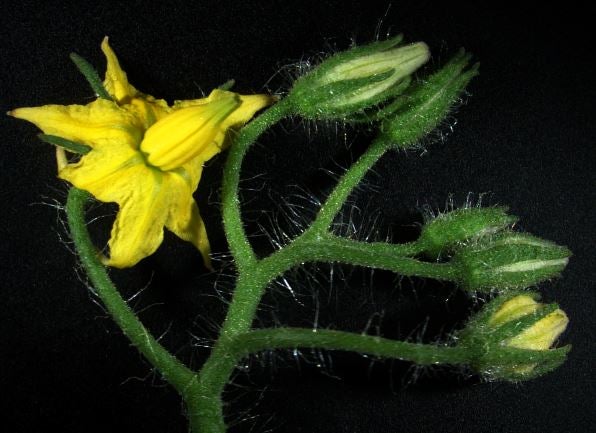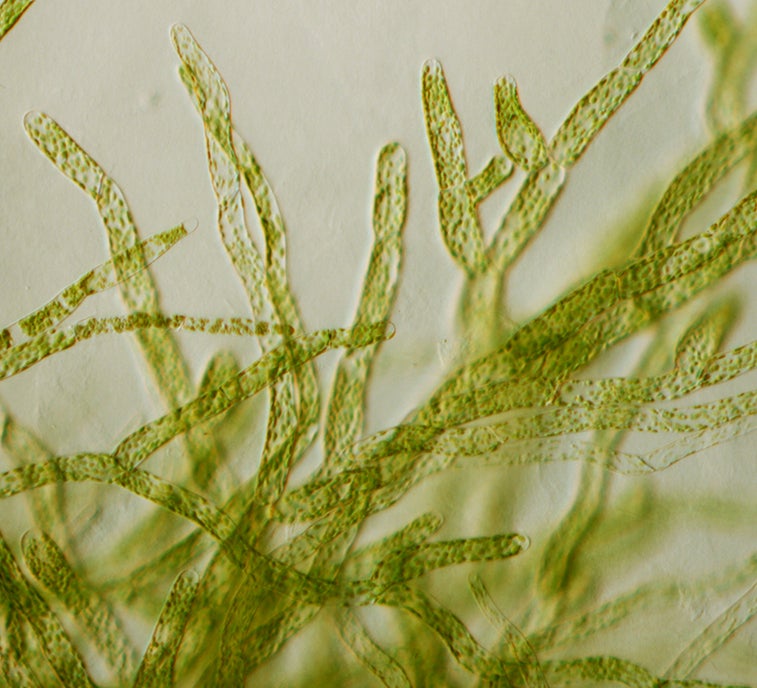Research in the lab is focused on understanding the role of secreted glycoproteins in plant development and evolution. The plant cell wall is an essential and complex compartment which contains many types of glycoproteins that play poorly understood structural and signaling roles. Work in the lab is focused on understanding the contribution of glycoproteins to developmental pathways in a variety of taxa. The model systems we use span the range of plant evolution and complexity (from bryophytes to angiosperms) and also capture part of the great diversity of glycoproteins found within the plant kingdom.
The specific projects below exploit the strengths of each of the systems to ask general questions about glycoprotein function and specific questions about the various developmental pathways disrupted. By combining these species, we can look across broad evolutionary distances to see how cell wall associated glycoproteins have evolved in different plant groups and how they are deployed for different functions during the diverse developmental programs these species employ.
The fast generation time and small genome of Arabidopsis make it a simple and rapid system in which to do genetic research and many genetic and genomic tools have been developed in the decades since Arabidopsis entered the lab. Recently, we have been working with a small family of glycosyltransferases with an important function in pollen tube growth. Because pollen grows by a highly polarized tip growth mechanism, pollen tubes are particularly sensitive to perturbation of the cell wall. We are currently working on understanding the basis of this phenotype and identifying the relevant protein targets of these glycosyltransferases in the pollen.
Tomato (Solanum lycopersicum)
The Solanaceae family includes tomato, potato, pepper and eggplants among its many diverse and economically important members. Among the interesting features of this family is the presence of a group of proteins that are partially similar to the larger family of cell wall associated glycoproteins (the hydroxyproline-rich glycoproteins, HRGPs) but are otherwise unique. Furthermore, two glycosyltransferases related to those we are looking at in Arabidopsis are expressed specifically in the pollen and may be carrying out a similar function in this species.
Physcomitrella patens
The moss lineage diverged from the other plants (like the ancestors of Arabidopsis and tomato) hundreds of millions of years ago. Moss anatomy is relatively simple in terms of cell number and type and their growth habits are quite different from those of the flowering plants. Physcomitrella patens is the moss model of choice for molecular biologists. It has a well sequenced genome and it undergoes homologous recombination, making targeted gene replacement possible. It also contains many genes of unknown function that are not found in other plant groups. Much of the life cycle is also made of tip-growing filament cells (similar in structure to pollen tubes) which are much more exposed to the environment then cells in other plant groups. This greater exposure gives us easier access to secreted proteins and cell wall surfaces.




